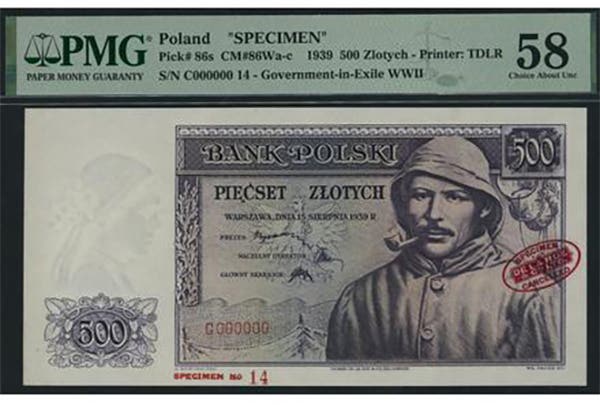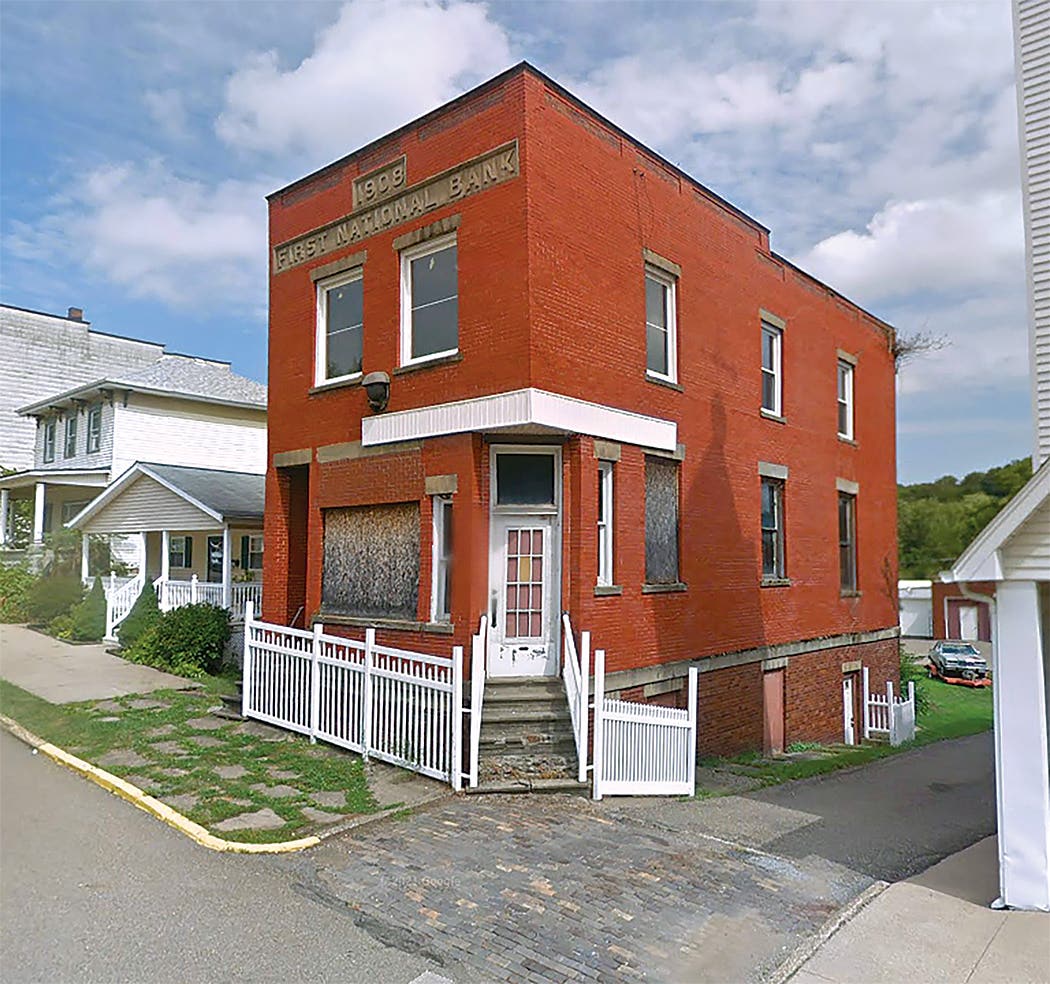The Dover National Bank: the Title That Was Never Quite Right
James Simek asked what is the correct name for the town that hosted The Dover Plains National Bank, New York, charter 822. Cataloguers and grading companies list it both as…
James Simek asked what is the correct name for the town that hosted The Dover Plains National Bank, New York, charter 822. Cataloguers and grading companies list it both as Dover and Dover Plains, and Louis Van Belkum used Dover Plains in his data compilations.
Situations like this are particularly common in New York, Pennsylvania and the New England states. The problem is that ambiguity quickly arises about what constitutes a town in those states. The legal definition of a town in the northeastern states differs from what people perceive a town to be elsewhere.
New York is subdivided into counties. Counties are overlain by “towns,” legally defined as sprawling interlocked areas that in some cases even spill across county lines. In other parts of the country, a township is the closest analog to a New York town.
New York towns contain everything from incorporated cities down to unincorporated hamlets. Just to make matters more complicated, those municipalities can even spill over town borders.
Typically, people think of towns as concentrated settlements with a defined business district that usually are incorporated under state law.
Land subdivision in the vicinity of Dover Plains actually is straight forward considering we are dealing with New York. The community of Dover Plains is located in Dutchess County, which is a large rectangular area bounded on the west by the Hudson River and on the east by the Connecticut state line. The long side of the rectangle parallels the Hudson River. The southwest corner of the county lies across the river from Newburg and the northwest corner across from Saugerties.
The town of Dover is a smaller rectangular area wholly within the southcentral part of Dutchess country. Its eastern border is hard against the Connecticut state line the same as the county line.
The hamlet of Dover Plains is located a short distance down from northern border of Dover midway between its east and west borders.
The Dover Plains National Bank was located on Main Street in the hamlet of Dover Plains. It succeeded a state bank when it received its national charter in 1865 and operated until 1977 when it was merged into The Fishkill National Bank of Beacon,
The Comptroller of the Currency’s office used the following definition for a bank title: the name of the bank plus the town, but not that of the state. The bankers filled out a form that looked like this:
“____________________________” Located _______________________ County of ______________________State of ________________________
They were supposed to put the title of their bank between the quote marks on the top line. They wrote “The Dover Plains National Bank,” which met the definition. On the line labeled Located, they wrote in the town of Dover.
All of this was accurate but not so clear when reproduced in the title block on their notes. Specifically, did Dover Plains refer to a town, some flat geographical area, some colloquial name for the place, or what?
There was ambiguity about what constituted the place that hosted the bank in these types of bank titles. Worse, many bankers across the country failed to include their town name in their title at all.
In such cases, the Comptroller’s clerks had a convenient remedy as they ordered plates. They honored the title exactly as submitted by the bankers and had it placed above the will-pay line and centered within the title block. They then inserted what they considered to a more accurate location for the bank into the postal location, which was written in script on the left side of the title block.
The postal location generally was the name of the post office that served the bank and usually was the most reliable indicator of where to go to find the bank. The town and postal location were the same for the vast majority of banks.
In this peculiar case, we can logically conclude from the Series of 1875 proof that Dover Plains—whatever it was—was located in Dover.
Jim Forte’s invaluable Postal History website lists the post office there as: Dover, Dutchess County (1811-1871), then Dover Plains, Dutchess County (1871-present).
Everything the bankers had done was technically correct. Dover in script in the postal location was the name of the post office in Dover Plains until 1871. However, if you went looking for the bank back then, you really wanted to be directed to Dover Plains.
The annual reports of the Comptroller of the Currency started listing the name for the town as Dover Plains once the name of the post office changed. Therefore, it is clear that the clerks in the Comptroller’s office knew the bank’s location.
Usually, bankers would apply for a title change with the Comptroller when their town name changed, but here it was the name of the post office that changed. They did nothing.
Finally, in 1895 after grappling with this type of situation across the country for years, the Comptroller of the Currency sent a directive to the Bureau of Engraving and Printing requesting that the Bureau insert using bold squat letters the name of the town where the bank was located. The insert was to be placed under the banker-supplied title and above the will-pay line.
The 1895 directive applied to new plates made thereafter. Nothing was done to the then current Series of 1882 10-10-10-20 plate for the Dover Plains bank.
Whoever ordered the Series of 1902 plate when the bank received its second 20-year extension in 1905 appears to have copied the postal location of Dover from the earlier plates rather than Dover Plains, which was current then. This was odd because the Comptroller’s office had been using Dover Plains on their paper work since 1871.
Consequently, the town prominently displayed on the Series of 1902 and 1929 notes continued to be Dover, the sprawling rural subdivision in which the little hamlet of Dover Plains was all but lost. The insert should have been Dover Plains. I would classify this as a clerical mistake in the Comptroller’s office arising from inattention to detail.
In practice, the 1895 directive was employed with some fervor for a few years after 1895 but rarely after 1905. Once again, if there was ambiguity, the Comptroller’s clerks occasionally would have the BEP slip what they thought was a better location for the bank into the script postal location on the left sides of the title blocks on the plates.
I have found 39 different banks that received notes from plates with 1895-directive inserts, plus a few others that got lookalikes but didn’t meet the intent of the directive. The last plates made with such inserts were the Series of 1902 plates used to print blue seal plain backs for The Bank of America National Association, charter 13193 in 1928. Those bankers failed to include New York in their title.
If you would like a list of the 1895-Directive issuers go to Chapter L04, Table 3 of the Encyclopedia of U.S. National Bank Notes on the Society of Paper Money Collectors website. This will get you there. Yes, access to it is free. https://s3.amazonaws.com/bnencyclopedia.spmc/chapter-l04-layout-protocols-title-blocks.pdf
Every time I run across a postal location written in script that differs from the town name or an 1895-directive layout, I find if I look into it, there is a story worth unraveling.








